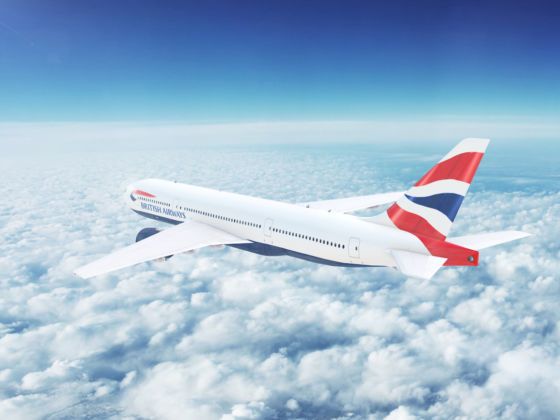As the world cautiously emerges from lockdown, many airlines are announcing plans to resume their international routes. In Europe, British Airways plans to operate at 45 percent capacity between July and September, while Air France-KLM projects a 20 percent capacity, according to Forbes. Lufthansa is expected to bring 160 aircraft back to operation, which account for 21 percent of its total capacity.

International Flights Are Resuming. Here’s What You Need to Know.
Benjamin Smith, Air France-KLM CEO, told investors last week that the group’s intent is to match the level of operation to that of its competitors. Smith added that European flights are expected to resume at a faster rate than long-haul international routes, saying, “We do not see all of our major markets having the borders open as quickly as what we can do inside of Europe.”
Low-cost carrier Ryanair plans to operate at 50 percent, and WizzAir will resume a select few of its most popular routes to destinations like London, Barcelona, and Paris, in addition to adding a new Greece route. The latest addition comes as a response to Greece’s announcement that it hopes to welcome tourists back as early as July 1.
In the United States, Southwest plans to operate a few international routes to Montego Bay, Jamaica; Los Cabos, Mexico; Havana, Cuba; and Nassau, Bahamas — even offering a few of these destinations on sale.
More like this
Flights may come with new health and safety restrictions
When airlines resume domestic and international routes, new health and safety restrictions are expected to be enforced. As of May 4, all JetBlue passengers are required to wear masks during the boarding process and during the flight. Delta, United, and American airlines followed suit, announcing on May 7 that face coverings will be mandatory for all passengers. Singapore Airlines will not only require masks on board, but will also conduct pre-boarding health assessments, which include checking temperature and asking for a “verbal health declaration.”
Some of the changes expected to take place in-flight across airlines include saying goodbye to in-flight shopping, hot towel service, and magazines. Dining service may be reduced as well, especially during shorter trips.
The goal of future travel will be to increase sanitization as much as possible, both pre-boarding and in-flight. Hong Kong International Airport plans to install a disinfection booth where travelers’ clothing will be sanitized with an anti-bacterial coating. Overall boarding processes at airports may take up to four hours if on-the-spot blood tests are enforced, Forbes reported. And during flights, HEPA filters will work continuously to ensure that 99.97 percent of airborne bacteria is eliminated and that no germs are being spread.
Airport “touchpoints” will be minimized by resorting to self-service, which may result in all travelers checking in online, scanning their electronic boarding passes, and dropping off their own luggage to be checked. Cabin bags may be eliminated altogether in order to decrease any possible spread of germs and to free up additional space.
While it may seem that the post-pandemic world of flying will be one full of numerous rules and safety precautions, it may allow for an overall greater degree of comfort, putting an end to crowded passenger cabins and introducing more personal space.